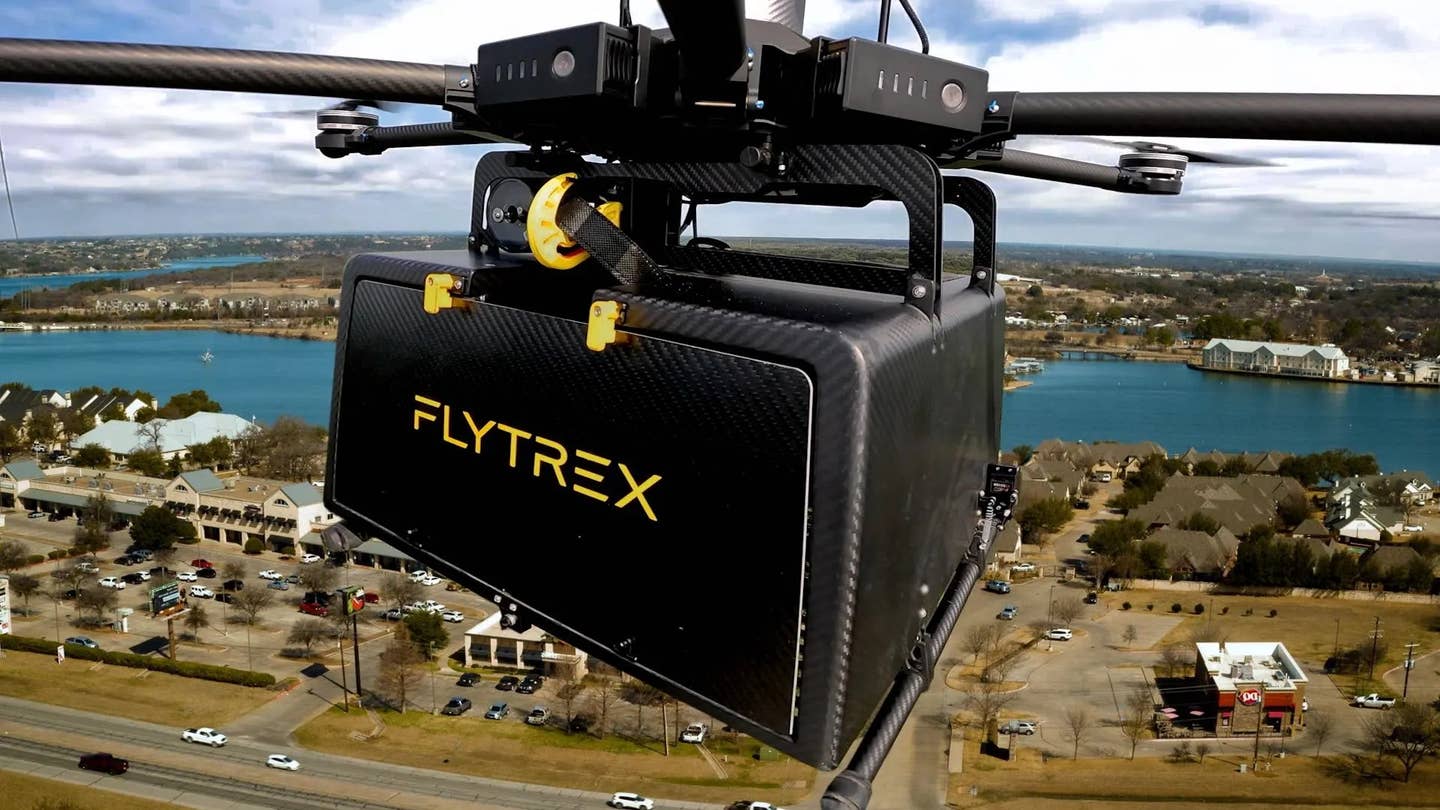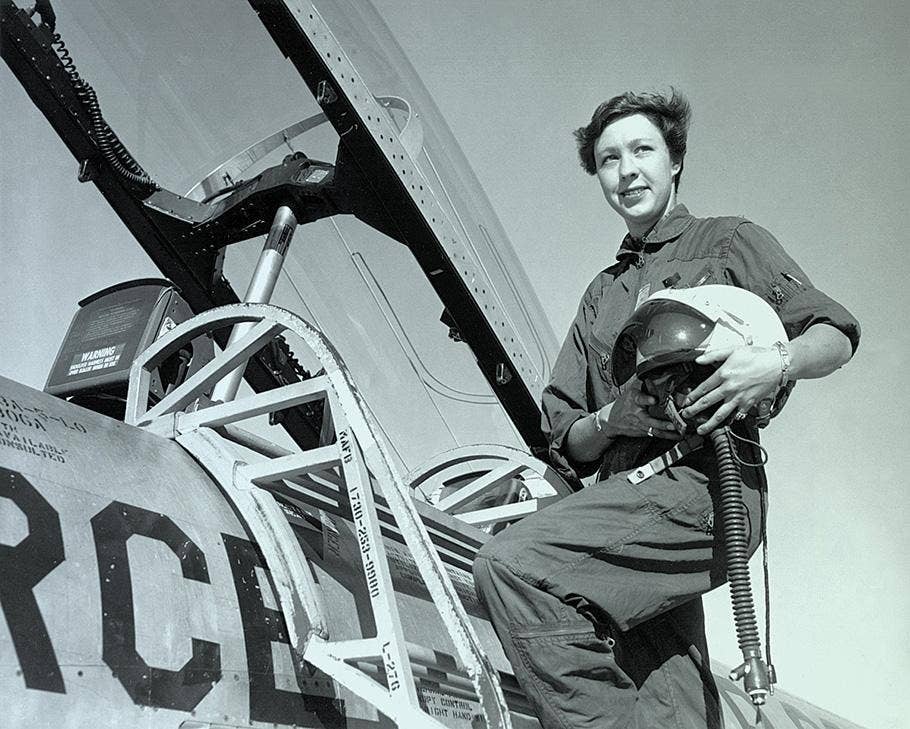The First Images From The James Webb Telescope
These shots from the world’s largest and most powerful space telescope demonstrate Webb at its full power as it begins to unfold the infrared universe.

NASA’s James Webb Space Telescope has produced the deepest and sharpest infrared image of the distant universe to date. Known as Webb’s First Deep Field, this image of galaxy cluster SMACS 0723 is overflowing with detail.
The world got its first look at the full capabilities of NASA’s James Webb Space Telescope this week between two unveilings on Monday evening and Tuesday morning. Here's a look at the images that were shown.
All images are courtesy of NASA.
FLYING StaffAuthor
The World's Most Widely Read Aviation Magazine|🛩 🚁 ✈️ 🚀
Related Stories

Subscribe to Our Newsletter
Get the latest FLYING stories delivered directly to your inbox






